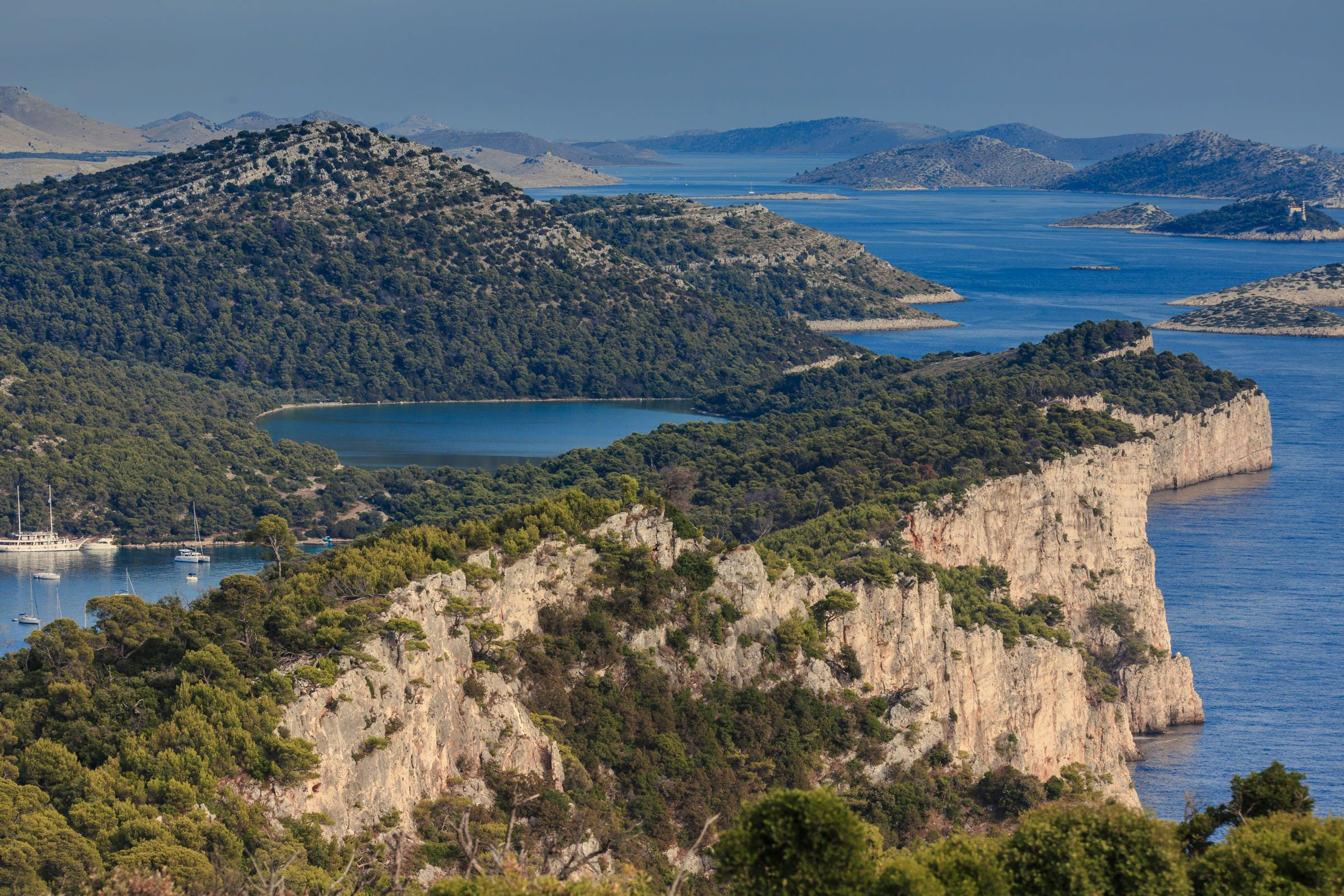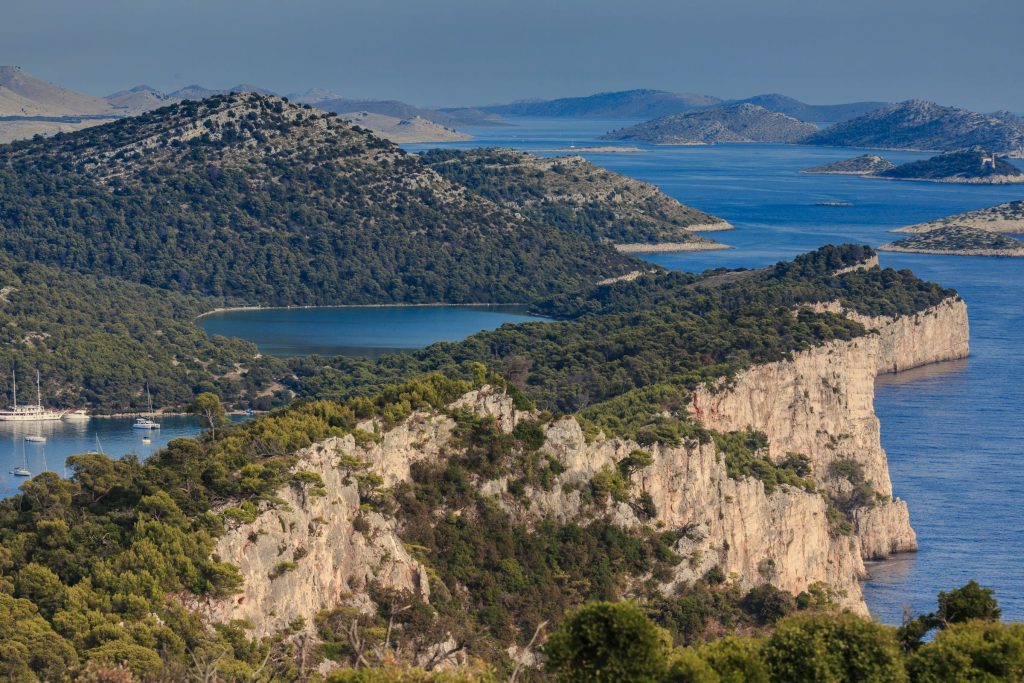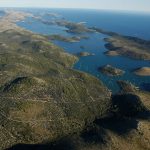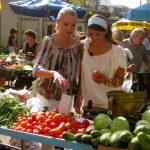
November 24, 2020 – The first no-fishing zone (no-take zone) in Croatia has been identified in Telašćica Nature Park.
HRTurizam reports that on World Fisheries Day (November 21), the new Ordinance on fishing in protected areas, special habitats and areas with special fishing regulations for the nature parks Telašćica and Lastovo entered into force.
With the new ordinance, there are no-fishing zones in Telašćica Nature Park, or so-called “no-take” zones, which were adopted in cooperation with fishers, as well as several other measures that reduce fishing efforts in Croatia’s marine nature parks. This is extremely significant news and progress, both for sustainable tourism and for the preservation of the natural habitat of fish, but also for the fishers themselves.
Great effort and credit for the introduction of no-fishing zones go to the World Conservation Organization (WWF) whose role in this process was educational and mostly diplomatic because it managed to lead all parties to a consensus on measures that could not be agreed upon for many years, although these are protected areas.
The practice so far has shown that nothing can be done only from above, by making a unilateral decision at the administrative level because the fishers do not stick to it and only deepens the conflict, points out WWF Adria and emphasizes that this is a big step for the preservation of the Adriatic, behind which stand years of work to create conditions for joint management.
“This is a great victory because for the first time in Croatia we brought no-fishing zones in cooperation with fishers who agreed to the measures, and some of which they proposed themselves, to preserve the resource from which they live. The ordinance was adopted in the right way, through the cooperation of state institutions, local fishers, and their associations dealing with the protection of the Adriatic. This is really a precedent and I hope only the first such case, especially when the effects of such measures on the renewal of the fish stock are shown,” said Mosor Prvan from WWF Adria.
We can proudly say that we have a domestic example of the results of joint management, emphasizes WWF Adria, one of the first in the Mediterranean and few in the world in general.
By creating no fishing or no-take zones, we preserve the fish stock so that it can be sustainable and reproduce or “flourish”, we stimulate the local economy through small local fishers, and thus through tourism and catering we have fresh fish caught that day. It is a special form of protection that completely prohibits any exploitation of the seabed for the protection of ecosystems and cultural assets, and they have proven to be excellent in preserving biodiversity, but also in economic development.
On the other hand, the fish stock is very sustainable, and when the fish stock naturally reaches too high a density of fish, it spreads to other areas – outside the no-fishing zone.
“It’s all about building trust. Everyone thinks the other one has something up their sleeve, so in the end, the fishers don’t trust each other, let alone the relationship between the fishers and the institutions. However, little by little, things are improving and we have agreed on a Rulebook that is not perfect nor is everyone absolutely happy with it, but it is the fruit of consensus and a good start,” adds Prvan and says that this is a step towards a healthier Adriatic and more sustainable fisheries, which contributes to a better life for fishers and coastal communities.
Without fish, there are no fishers, no diving tourism, or farms… fish are the main parameter of any formula, and sustainable tourism is imperative.
Sustainable and responsible tourism must support the development of the local community because we can enable people living in these areas to stay in their areas and live well from tourism; from tourism that can and must be in line with protecting nature, said Prvan and gave an excellent concrete example through fishing tourism.
“Fishing tourism is something quite new in Croatia, and in that segment, the point is to have professional fishers who will take tourists fishing and demonstrate how fishing is traditionally done in that area. Because when a fisherman normally goes fishing, he throws about 3 kilometers of net, and when he takes tourists, he throws 300 meters of net. In this way, he has a secured income, earns more money than when fishing, and at the same time, he reduces his fishing efforts,” said Prvan, concluding that it is crucial to help the local community generate income while contributing to nature protection, and that through all this, tourist products have economic value.
For the latest travel info, bookmark our main travel info article, which is updated daily.
Read the Croatian Travel Update in your language – now available in 24 languages.
Join the Total Croatia Travel INFO Viber community.










